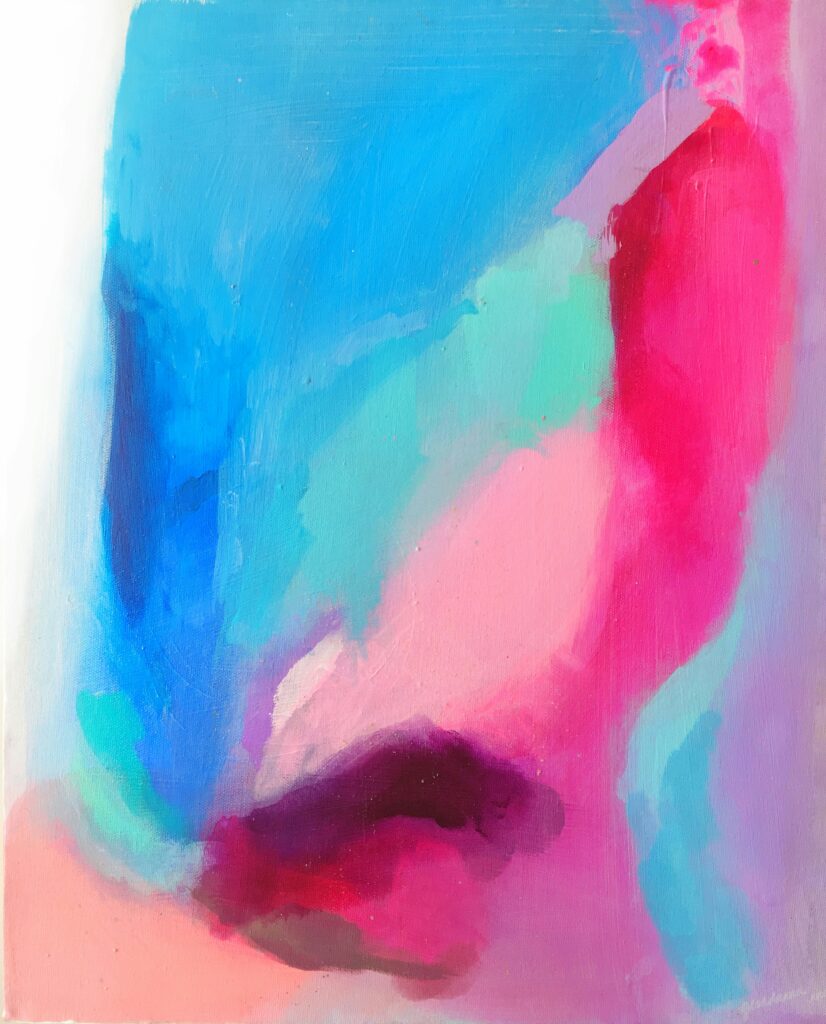“Waiting to Be Seen: Illuminating the Photographs of Ray Francis” showcases the powerful and evocative work of photographer Ray Francis, a founder of the Kamoinge Workshop. The exhibition, held at the Bruce Silverstein gallery in Chelsea, features thirty-two prints that explore the complex and nuanced themes of race and segregation. With his ability to capture deep blacks and striking shadows, Francis’s photographs offer a unique perspective on the African diaspora, celebrating blackness and shedding light on the issues faced by Black communities. This posthumous solo presentation is an opportunity to appreciate the profound impact of Francis’s work and his contribution to the art of photography.
Ray Francis: Celebrating Blackness
Ray Francis was a photographer who dedicated his career to celebrating and documenting the richness of black culture. In his work, he explored the concept of ‘max black’ and the power of deep blacks in photography. Francis was a founding member of the Kamoinge Workshop, a collective that focused on depicting Black communities through the medium of photography. His photographs showcased the significance of black tones and their connection to race. In this article, we will explore the importance of blackness in photography, delve into Ray Francis’s work, and discuss the energy and power that his images exude.

Introduction to the Exhibition
The Bruce Silverstein gallery is currently hosting an exhibition titled “Waiting to Be Seen: Illuminating the Photographs of Ray Francis.” This posthumous show is Francis’s first solo presentation, featuring 32 prints that highlight his talent and dedication to capturing the essence of blackness. The exhibition provides a unique opportunity to appreciate his work and explore the themes that shaped his artistic vision.
The Importance of Blackness in Photography
Exploring the concept of ‘max black’
In the late 1970s, photography students, including Ray Francis, were captivated by the idea of achieving ‘max black.’ This term refers to the deep, intense black tones that can be obtained in black-and-white prints. It was a technique used to create a striking contrast and evoke a certain mood or atmosphere in the photographs. While many photographers were focused on achieving technical perfection, Francis recognized that the concept of ‘max black’ held deeper meaning.
The power of deep blacks in photography
Deep blacks in photography can evoke a range of emotions and narratives. They can create a sense of mystery, convey a somber mood, or draw attention to specific elements within the frame. Francis understood the significance of these deep blacks and utilized them in his work to tell stories and express the complexity of black experiences.
The influence of Ansel Adams
Ansel Adams, renowned for his landscape photography, had a profound impact on Francis’s approach to blackness in photography. Adams’ iconic photographs, such as “Moonrise, Hernandez, New Mexico,” demonstrated the power of deep shadows and dark tones in creating dramatic compositions. Francis drew inspiration from Adams’ mastery of black-and-white photography and incorporated similar techniques into his own work.
The link between blackness and race
For Ray Francis, blackness went beyond aesthetic considerations. He recognized the connection between blackness and race, using the depth and richness of black tones to explore the historical and cultural significance of black communities. Through his photographs, Francis sought to challenge stereotypes, celebrate black culture, and shed light on the experiences of marginalized communities.

Exploring Ray Francis’s Work
A showcase of 32 prints at the Bruce Silverstein gallery
The exhibition at the Bruce Silverstein gallery provides a comprehensive view of Ray Francis’s work. With a collection of 32 prints, visitors can witness the evolution of his artistic style and the themes that permeated his photography. Each print captures a distinct moment or story, showcasing Francis’s ability to convey emotion and tell compelling narratives through visual storytelling.
Francis’s role as a founder of the Kamoinge Workshop
In 1963, Ray Francis played a pivotal role in the founding of the Kamoinge Workshop. This collective of Black photographers aimed to elevate photography as an independent art form that depicted Black communities authentically. Francis’s involvement in the workshop speaks to his commitment to creating a space for Black voices to be heard and represented through photography.
The Workshop’s dedication to depicting Black communities
The Kamoinge Workshop, of which Ray Francis was a driving force, was dedicated to capturing the essence and diversity of Black communities. The photographers within the workshop explored various aspects of Black life, from everyday moments to significant historical events. Through their work, they sought to challenge stereotypes and highlight the vibrancy and complexity of Black culture.
The significance of black tones in Francis’s photographs
Black tones feature prominently in Ray Francis’s photographs, serving as a visual metaphor for the experiences of Black individuals and communities. The deep blacks in his images evoke emotions such as resilience, strength, and pride. Francis skillfully used black tones to draw attention to specific subjects and create a strong visual impact that resonated with viewers.
The Energy and Power of Francis’s Images
Ray Francis’s photographs exude a unique blend of energy and power. Each image captures a specific moment in time and conveys a story or emotion. The deep blacks that Francis employed in his photography amplify the impact of his images, drawing viewers into the narratives they tell. The energy present in Francis’s work reflects his passion for celebrating blackness and creating a visual documentation of Black culture.

Conclusion
Ray Francis’s dedication to celebrating blackness through his photography is evident in his powerful and poignant images. His exploration of the concept of ‘max black’ and its connection to race highlights the importance of blackness in photography as a tool for storytelling and challenging stereotypes. The exhibition at the Bruce Silverstein gallery provides a comprehensive look at Francis’s work, allowing viewers to appreciate his talent and the profound impact of his images. Ray Francis’s legacy as a photographer who celebrated and documented Black experiences will continue to inspire future generations of artists and photographers.

